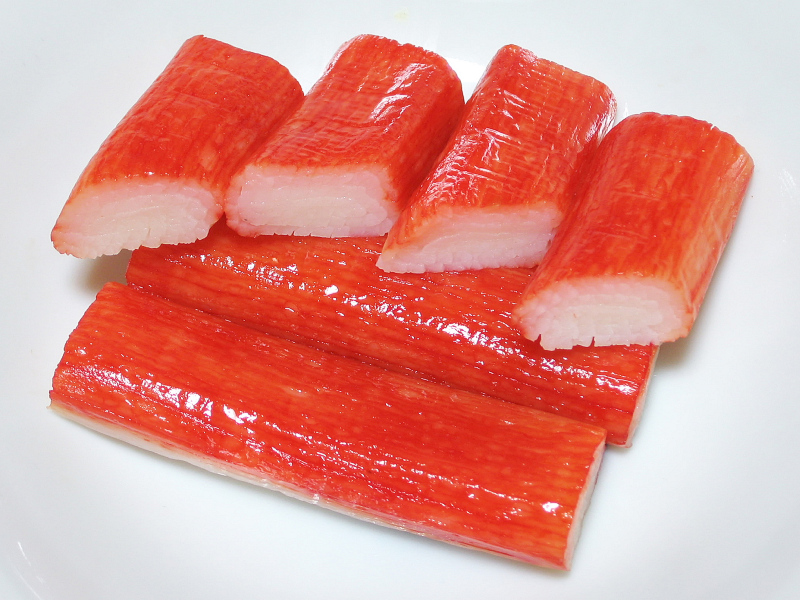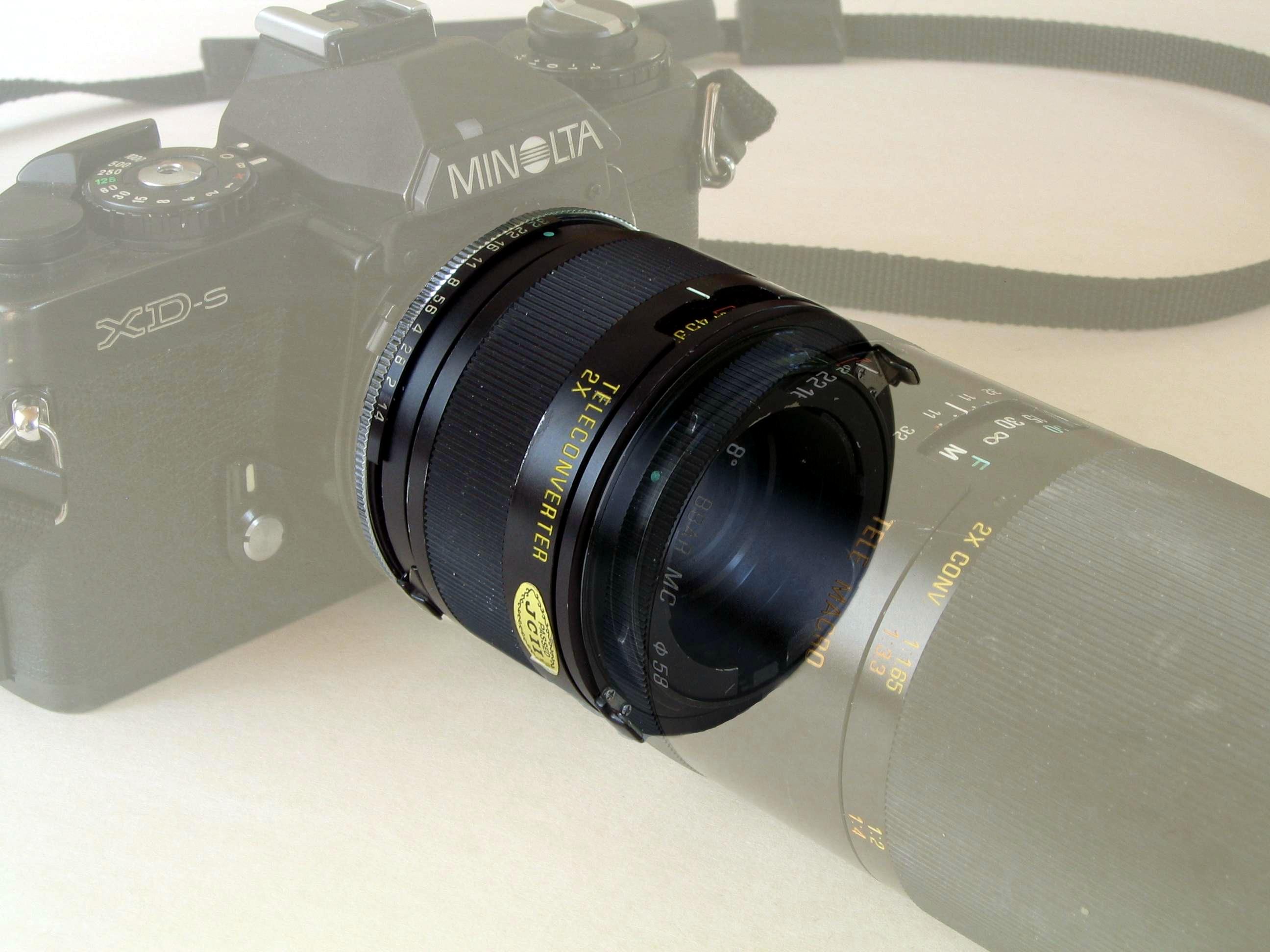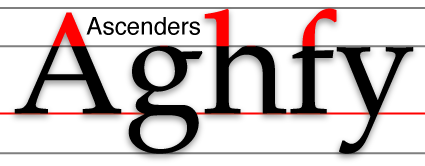|
Extender (materials)
Extender may refer to: *DOS extender, a technology for bypassing the limitations of the DOS operating systems family *Extender (ink), a transparent material added to printing inks *KC-10 Extender, an air-to-air tanker aircraft *Meat extenders *Media extender *Seafood extender or Surimi *Tele extender, a secondary lens for SLR cameras *Quickdraw or extender, a piece of climbing equipment used by rock and ice climbers to allow the climbing rope to run freely through bolt anchors or other protection while leading *Extender (set theory) *MG Extender, a pickup truck vehicle built by SAIC Motor and sold in Thailand See also *Ascender (typography) *Descender {{disambiguation ... [...More Info...] [...Related Items...] OR: [Wikipedia] [Google] [Baidu] |
DOS Extender
A DOS extender is a computer software program running under DOS that enables software to run in a protected mode environment even though the host operating system is only capable of operating in real mode. DOS extenders were initially developed in the 1980s following the introduction of the Intel 80286 processor (and later expanded upon with the Intel 80386), to cope with the memory limitations of DOS. DOS extender operation A DOS extender is a program that "extends" DOS so that programs running in protected mode can transparently interface with the underlying DOS API. This was necessary because many of the functions provided by DOS require 16-bit segment and offset addresses pointing to memory locations within the Conventional memory, first 640 kilobytes of memory. Protected mode, however, uses an incompatible addressing method where the segment registers (now called selectors) are used to point to an entry in the Global Descriptor Table which describes the characteristics of ... [...More Info...] [...Related Items...] OR: [Wikipedia] [Google] [Baidu] |
Extender (ink)
An extender, also known as a filler, in printing ink technology is a white transparent, or semi-transparent, component whose purpose is to reduce the cost of the ink, by increasing the area covered by a given weight of pigment. They generally have little colouring power. Composition and properties Extenders are typically white inorganic solids. Their transparency in inks is frequently due to their refractive indices In optics, the refractive index (or refraction index) of an optical medium is the ratio of the apparent speed of light in the air or vacuum to the speed in the medium. The refractive index determines how much the path of light is bent, or refrac ... being similar to the ink, as opposed to opaque pigments, which are generally substantially higher. Use Extenders primarily serve to reduce the cost of the ink, but can also impart useful properties to it. They can reduce the colour strength of the ink without adding any white colour to it, which is useful if the ... [...More Info...] [...Related Items...] OR: [Wikipedia] [Google] [Baidu] |
KC-10 Extender
The McDonnell Douglas KC-10 Extender is an American tanker and cargo aircraft that was operated by the United States Air Force (USAF) from 1981 to 2024. A military version of the three-engine DC-10 airliner, the KC-10 was developed from the Advanced Tanker Cargo Aircraft Program. It incorporates military-specific equipment for its primary roles of aerial refueling and transport. It was developed to supplement the KC-135 Stratotanker following experiences in Southeast Asia and the Middle East. The KC-10 was the second McDonnell Douglas transport aircraft to be selected by the Air Force following the C-9. A total of 60 KC-10s were produced for the USAF. The Royal Netherlands Air Force operated two similar tankers from 1995 to 2021 designated ''KDC-10'' that were converted from used civilian DC-10, instead of purpose built aircraft. The KC-10 played a key role in the mobilization of US military assets, taking part in overseas operations far from home. These aircraft performed a ... [...More Info...] [...Related Items...] OR: [Wikipedia] [Google] [Baidu] |
Meat Extenders
Meat extenders are non-meat substances with substantial protein content. They are used to partially replace meat in a meat product. Extenders are distinguished from fillers by their high protein content, compared to the high carbohydrate content of fillers. Extenders were originally used to reduce costs, but they were later used to make meat products more healthy by adding plant protein, dietary fiber, or to improve the texture. Meat extenders were used in the United States in the 1940s, with rolled oats used as an extender in sausage meat, and dishes such as stuffed cabbage were considered to be a suitable way of extending meat. By the 1970s, soy protein was commonly used as a meat extender. Textured vegetable protein, which was invented in the 1960s, has become a common extender in the 1990s. See also * List of meat substitutes * Fillers * Meat analogue References Food ingredients Meat substitutes {{ingredient-stub ... [...More Info...] [...Related Items...] OR: [Wikipedia] [Google] [Baidu] |
Media Extender
A digital media player (also known as a streaming device or streaming box) is a type of consumer electronics device designed for the storage, playback, or viewing of digital media content. They are typically designed to be integrated into a home cinema configuration, and attached to a television or AV receiver or both. The term is most synonymous with devices designed primarily for the consumption of content from streaming media services such as internet video, including subscription-based over-the-top content services. These devices usually have a compact form factor (either as a compact set-top box, or a dongle designed to plug into an HDMI port), and contain a 10-foot user interface with support for a remote control and, in some cases, voice commands, as control schemes. Some services may support remote control on digital media players using their respective mobile apps, while Google's Chromecast ecosystem is designed around integration with the mobile apps of content s ... [...More Info...] [...Related Items...] OR: [Wikipedia] [Google] [Baidu] |
Seafood Extender
is a paste made from fish or other meat. It can also be any of a number of East Asian foods that use that paste as their primary ingredient. It is available in many shapes, forms, and textures, and is often used to mimic the texture and color of the meat of lobster, crab, grilled Japanese eel, or shellfish. History Fish pastes have been a popular food in East Asia. In China, the food is used to make fish balls (魚蛋/魚丸) and ingredients in a thick soup known as '' geng'' (羹), common in Fujian cuisine. In Japan, the earliest surimi production was in 1115 for making ''kamaboko''. Alaska pollock, native to the seas around Japan, played an important role in the development of processed surimi due to its high protein biomass. Satsumaage, chikuwa, and hanpen were other major surimi foods prior to 1960. After World War II, machines were used to process surimi, but it was always sold fresh, since freezing had a negative effect on the finished product by denaturing the gel-f ... [...More Info...] [...Related Items...] OR: [Wikipedia] [Google] [Baidu] |
Tele Extender
A teleconverter (sometimes called tele extender) is a secondary lens mounted between a camera and a photographic lens which enlarges the central part of an image obtained by the lens. For example, a 2× teleconverter for a 35 mm camera enlarges the central 12×18 mm part of an image to the size of 24×36 mm in the standard 35 mm film format. Teleconverters are typically made in 1.4×, 1.7×, 2× and 3× variants, with 1.4× and 2× being the most common. A 2× teleconverter doubles the apparent focal length of a given lens. Teleconverters also decrease the intensity of the light that reaches the film plane (or sensor) by the square of its magnification. A 2× teleconverter reduces the light to 1/4, doubles the focal ratio and halves the resolution of the master lens it is connected to. This, however, does not necessarily halve the resolution of the digital image. A closely related device reduces the focal length. It is generally marketed under the name sp ... [...More Info...] [...Related Items...] OR: [Wikipedia] [Google] [Baidu] |
Quickdraw
QuickDraw was the 2D graphics library and associated application programming interface (API) which is a core part of classic Mac OS. It was initially written by Bill Atkinson and Andy Hertzfeld. QuickDraw still existed as part of the libraries of Mac OS X, but had been largely superseded by the more modern Quartz graphics system. In Mac OS X Tiger, QuickDraw has been officially deprecated. In Mac OS X Leopard applications using QuickDraw cannot make use of the added 64-bit support. In OS X Mountain Lion, QuickDraw header support was removed from the operating system. Applications using QuickDraw still ran under OS X Mountain Lion to macOS High Sierra; however, the current versions of Xcode and the macOS SDK do not contain the header files to compile such programs. Principles of QuickDraw QuickDraw was grounded in the Apple Lisa's LisaGraf of the early 1980s and was designed to fit well with the Pascal-based interfaces and development environments of the early Apple syste ... [...More Info...] [...Related Items...] OR: [Wikipedia] [Google] [Baidu] |
Extender (set Theory)
In set theory, an extender is a system of ultrafilters which represents an elementary embedding witnessing large cardinal properties. A nonprincipal ultrafilter is the most basic case of an extender. A (\kappa, \lambda)-extender can be defined as an elementary embedding of some model M of ZFC− (ZFC minus the power set axiom) having critical point \kappa \in M, and which maps \kappa to an ordinal at least equal to \lambda. It can also be defined as a collection of ultrafilters, one for each n-tuple drawn from \lambda. Formal definition of an extender Let κ and λ be cardinals with κ≤λ. Then, a set E = \ is called a (κ,λ)-extender if the following properties are satisfied: # each E_a is a κ-complete nonprincipal ultrafilter on kappa;sup><ω and furthermore ## at least one E_a is not κ+-complete, ## for each \alpha \in \kappa, at least one E_a contains the set \. # (Coherence) The E_a are coherent (so that the ultrapowers Ult(''V' ... [...More Info...] [...Related Items...] OR: [Wikipedia] [Google] [Baidu] |
MG Extender
The Maxus T60 is a mid-size pickup truck manufactured by SAIC Motor under the Maxus brand since November 2016. It is the first pick-up truck from SAIC built for the global market. In April 2019, an upgraded version called the Maxus T70 was unveiled at the 2019 Auto Shanghai. The T60/T70 is also marketed as the MG Extender in Thailand, Laos and Pakistan, Maxus Tornado 60/70 in Saudi Arabia, Chevrolet S10 Max in Mexico and Chevrolet D-Max in Ecuador. Overview The original 2.8-litre T60 debuted at the 2016 Guangzhou International Motor Show in Guangzhou, China. The T60 is the first pickup from SAIC and it is the first Chinese-built pickup truck with 6 airbags. Early test models were equipped with a '' LFB479Q'' 1.8L petrol engine coupled with a 5-speed manual transmission, as stated by SAIC to the Chinese Ministry of Industry and Information Technology. The T60 was one of the first SAIC vehicles to be sold under the consumer-to-business (C2B) model, with the customer having the ... [...More Info...] [...Related Items...] OR: [Wikipedia] [Google] [Baidu] |
Ascender (typography)
In typography and handwriting, an ascender is the portion of a Lower case, minuscule grapheme, letter in a Latin-derived alphabet that extends above the mean line of a typeface, font. That is, the part of a lower-case letter that is taller than the font's x-height. Ascenders, together with descenders, increase the recognizability of words. For this reason, many situations that require high legibility such as road signs avoid using solely capital letters (i.e. all-caps). Studies made at the start of the construction of the British motorway network concluded that words with mixed-case letters were much easier to read than "all-caps" and a special font was designed for motorway signs. These then became universal across the UK. See Road signs in the United Kingdom. In many fonts intended for body text, such as Bembo and Garamond, ascenders rise above the cap height of the capital letters. References {{Typography terms [Baidu] |






